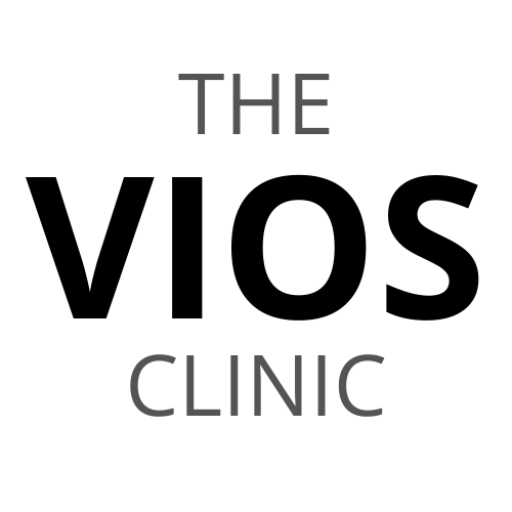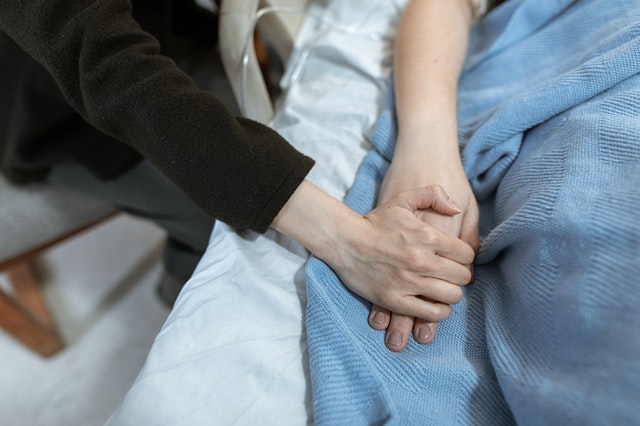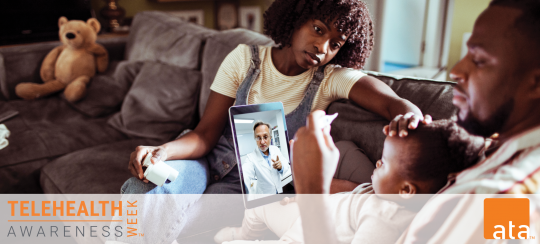
A loved one’s impending death is always a difficult time, but it can be especially hard when you are miles away and unable to be there with them. If you are in this situation, it is important to start planning for end of life care now. This includes deciding what types of care your loved one would like, arranging for their final arrangements, and communicating with their healthcare team. By taking these steps, you can help ensure that your loved one receives the best possible care during their final days.
End of life signs in the final hours
Knowing end of life signs will help you understand your loved ones better and assist them more efficiently in their final days. This infosheet outlines ten end-of-life signs that are common to see in the final hours.
Restlessness or agitation
A person at the end or near end of his/her life may experience restlessness, agitation, increased confusion, anxiety, fearfulness, hallucinations or delusions. Restlessness is commonly defined as an uncomfortable feeling that makes the patient want to move around to find a more comfortable position. However, the definition of agitation is a bit different. Agitation is a state of being extremely nervous, tense or upset that can be expressed by either yelling, crying or becoming very fidgety.
End of life breathing changes
In end-stage disease, end-of-life signs typically include labored breathing characterized by pauses after every few breaths and gasping for air. This is because the patient’s diaphragm muscle starts to weaken as he/she nears death which prevents proper breathing.
The patient may also complain of shortness of breath upon exertion such as talking, sitting up in bed or walking around despite absence of respiratory infection. In most cases, there are no labored breathing end of life signs prior to death because the person gradually becomes weaker and stops breathing altogether.
As a person approaches the end of their life, their oxygen levels may change. In palliative care, it is important to monitor these levels and make any necessary adjustments.
Low oxygen levels can cause discomfort and respiratory distress. They can also hasten death in some cases. High oxygen levels, on the other hand, can lead to confusion and agitation.
It is important to work with a healthcare team to ensure that oxygen levels are monitored and adjusted as needed. This will help ensure that the person receives the best possible care at this delicate time.
Changes in skin color
As the end of life nears, the patient’s skin may take on a waxen appearance. This is due to decreased blood flow to the skin as well as accumulation of waste products in the blood. The patient’s skin may also become very dry and mottled with a bluish hue due to low oxygen levels in the blood.
Swelling or fluid accumulation
It is not uncommon for patients at end-of-life to experience swelling or fluid accumulation in their extremities, lungs, abdomen or other parts of the body. This is often a sign that the kidneys are failing and that death is imminent.
Loss of appetite and weight
With end-stage disease, the patient’s body starts to shut down and he/she loses interest in food and drink. In fact, the patient may not be able to eat or drink anything at all due to lack of energy or swallowing problems. This leads to gradual weight loss until the person eventually dies.
Nausea and vomiting
Patients near end-of-life may experience nausea and vomiting as their digestive system starts to slow down. The vomit may be bloody or contain bits of food that have been swallowed for days.
Difficulty urinating or passing stool
In end-stage disease, the muscles and nerves that control bowel and bladder function start to fail. This results in difficulty urinating and passing stool. These end of life signs are usually accompanied by lethargy, altered mental status, sleepiness or coma as the body shuts down.
End of life urine output measurement plays a role in palliative care by allowing for improved end-of-life planning. Without knowing whether the person requiring palliative care is experiencing renal failure or core body coreE. nd of life urine output measurement plays a role in palliative care by allowing for improved end-of-life planning.
Complete unresponsiveness
Patients near end-of-life do not speak or respond to external stimuli such as loud noises when their brain function has ceased. This is because the person does not have enough energy to communicate with others in any way. Sometimes, you may still hear your loved one take a breath in between his/her unresponsive state which means that his/her heart is still beating and that he/she has not completely died yet.
Cessation of respiratory and circulatory activities
final end-of-life signs are the absence of all respiratory and circulatory activities. This includes lack of breathing sounds, heartbeat or pulse as well as zero pupil response to light.
Death
As end-of-life approaches, your loved one will stop breathing altogether which marks the end of life. Death typically occurs within hours or a few days after end-of-life signs start to manifest. There may also be a momentary return to responsiveness such as opening eyes for a brief moment before passing away.
How is end of life handled in hospice care?
When a person is terminally ill and near the end of their life, they may be eligible for hospice care. This type of care provides palliative support to the patient and their family, helping to make the end of life as comfortable as possible.
Hospice care usually begins when a doctor determines that a patient has six months or less to live. The goal of hospice is not to cure the patient, but rather to provide them with relief from symptoms and pain, as well as support for the loved ones who are caring for them.
This type of care can be provided in a variety of settings, including at home, in a hospice facility, or in a hospital. The team of caregivers typically includes nurses, social workers, chaplains, and home health aides. They will work with the patient and their family to create a personalized care plan that meets the patient’s needs.
Some of the services that may be provided as part of hospice care include:
- Pain management
- Symptom relief
- Nursing care
- Counseling and support for the patient and their loved ones
- Assistance with end-of-life decisions

Hospice care is often a very emotional time for families, and they can receive help and support from the hospice team throughout the process. The caregivers will ensure that the patient receives the best possible care in their final days or weeks of life.
If you have end-stage cancer and your doctor doesn’t expect you to live more than six months, he or she might suggest hospice care. Hospice provides end-of-life care and comfort for people who are dying. It’s designed to make the patient as comfortable as possible and provide relaxation at end of life. Your family and friends can also receive counselling and support through hospice.
Some of the things that hospices do include:
- Provide end-of-life care for patients with end stage cancer
- Help relieve pain by giving medications such as opioids and nonopioids
- Bring in a palliative consult team to help with other physical or emotional problems such as anxiety, depression, shortness of breath, and fatigue
- Help the family deal with end-of-life issues and decisions
- Coordinate hospice admissions with other facilities or home care
- Counsel the family on their feelings and emotions during this time.
End of life palliative support is one of the main goals of hospice care. The hospice team will work to make the patient as comfortable as possible in their final days or weeks, providing relief from pain and symptoms. Families can also receive counselling and support from the hospice team during this difficult time. Hospice care provides a much needed sense of comfort and support for those who are dying and their loved ones.
Remotely Planning End of Life Preparations
In the end, death is inevitable for everyone.
However, end of life processes can be made easier with a little planning and foresight.
Here are a few things that people should think about before the end of life actually happens:
- Living Will/Advance Directive
- Power of Attorney
- Preplanning for end of life expenses
The end of one’s life is an emotional time filled with many different emotions. Grieving over the loss or illness, as well as dreading having to plan for end of life is enough to put most anyone in an uncomfortable position.
However, end of life can be eased through the use of technology. Remotely planning for end of life can help reduce stress and make the process easier for everyone involved.
One of the most important aspects of end of life is creating a Living Will or Advance Directive. This document states your wishes for end of life treatment and care. It can be very helpful to have this in place before any health concerns arise.
If you are unable to create a Living Will, then you will need to appoint someone as Power of Attorney. This person will make decisions on your behalf if you are unable to do so yourself.
Another important thing to consider is end of life expenses. Make sure you have preplanned for such things as funeral costs, last will and testament fees, and other end of life related expenses.
Remotely planning for end of life can help alleviate some of the stress and anxiety associated with the process. By taking care of these important tasks in advance, you can ensure that your end of life will go as smoothly as possible.
If you have any questions or concerns about end of life planning, please consult a legal professional. They can help guide you through the process and answer any questions you may have.
End of life checklist: How to Provide Comfort for the Dying
- Gather together all of the family members
- Bring in the dying person’s favorite foods, music, and memories
- Spend time with them talking about their life
- Let them know that they are loved and cherished by everyone around them
- Allow the family to say goodbye one last time before death occurs
- Celebrate their life after death has occurred with a memorial service or funeral ceremony for closure if desired
Role of Telemedicine to Guide & Comfort You
Palliative care is a type of care that focuses on improving quality of life for patients and their families. It focuses on treating the symptoms, pain, stress and other problems associated with serious or long-term diseases. When palliative care is viewed as part of end-of-life care, it can help improve a patient’s overall well-being.
Telemedicine has become increasingly popular in telehealth due to its ability to provide medical services remotely through telecommunication technology. This form of telehealth provides increased accessibility to members in rural areas where there may be limited numbers of healthcare professionals. With telemedicine, health providers are able to monitor chronic conditions.
In the United States, telemedicine is a growing field of medicine that has been in development for decades. A focus area in this field is telemedicine in palliative care where patients are unable to receive standard care due to being homebound or having a condition that renders them unsafe to travel. The researchers describe telemedicine as “a means of patient-doctor communication by video and audio transmission, without requiring the patient and his/her physician to be in the same physical location”.
In many cases telemedicine can provide the ability for homebound patients or those with illness limiting their abilities to receive treatment from their physicians. In this way telemedicine services may help improve quality of life and provide a sense of community to patients who would not have been able to receive care otherwise.
In the five years since telemedicine in palliative care has gained popularity, it has grown from being used by only a few hospitals and organizations to being available throughout the United States. The purpose of telemedicine is to provide physicians with the ability to communicate health information directly with their patients through telecommunication technology without requiring that both parties be in the same location.
With telemedicine in palliative care, a patient’s quality of life can greatly improve when they are provided services from their physician when they would otherwise be unable to due to illness or other factors.
When a patient is near death or in the end of life stage, it can be difficult for them to go into a hospice or palliative care facility. This is due to many factors, but telemedicine has been shown as a way around some of these issues. In telemedicine patients need not travel and can have access to their doctors from home.
Many patients feel more comfortable in their own home and find it less stressful than being in a hospital or hospice care setting. Families also find telemedicine helpful as they can remain close to their loved ones during their last days.
The use of telemedicine for palliative care has been shown to be very beneficial for both the patient and their family. It allows the patient to stay in their own home, surrounded by familiar things, and receive the necessary medical care. For the family, it means they can be by their loved one’s side and have access to medical professionals who can help them through this difficult time.
Telemedicine has been shown to be an effective way of providing palliative care to patients in the end of life stage and should be considered by all patients and families who are facing this difficult time.
Our team at The VIOS Clinic is here to provide the same level of high-quality care for your loved one in their final days. We offer a variety of services including our Remote Palliative Care with telemedicine program that has helped many patients and caregivers alike.
If you are considering this type of support, reach out to Dr. Charlene Shaw today on this link and we will guide you through all the steps needed to bring peace and dignity back into people’s lives as they prepare for the next stage of their life.

BLOG AUTHOR
Dr. Ismail Sayeed
Dr. Sayeed is the Medical Director of ViOS, Inc. He is a deeply committed physician entrepreneur & medical blog writer. While building the global infrastructure of the VIOS Clinic, he is dedicated to educate people on the potential of specialist telemedicine for managing chronic diseases.
Read more about him in his author bio




Hospice of Orange ad Sullivan County NY provides patients and families with compassionate physical, emotional, and spiritual end of life care with dignity and respect